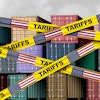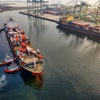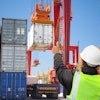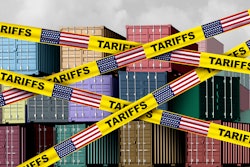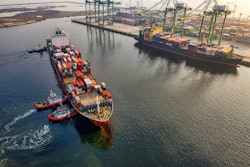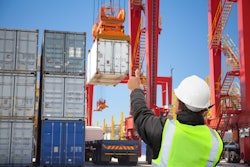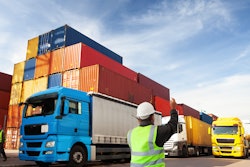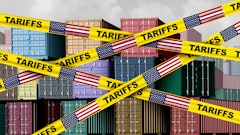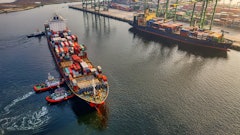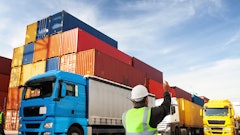
2025 forced global supply chains to confront deep structural change as tariffs, labor unrest, and geopolitical conflict disrupted the flow of goods worldwide. Global container volumes fell 13% year-to-date, while U.S. imports from China dropped 27%, according to project44’s State of Ocean Transit semi-annual report. Yet the data also reveals a new kind of resilience emerging, one built on agility, diversification, and digital coordination across modes and markets.
"2025 proved that resilience isn't about having a plan, it's about having the intelligence to change the plan. The companies that thrived this year had real-time insight into what's actually happening, not what they assumed was happening. They could see shifts coming, redistribute quickly, and execute with confidence. That's the new competitive advantage," says Bart De Muynck, founder, Better Supply Chains.
Key takeaways:
· As tariff escalations between the United States and China are reshaping shipping flows, carriers canceled hundreds of sailings and rerouted capacity across Transpacific lanes. In Europe-bound lanes, elevated blank sailings were driven primarily by softer consumer demand amid inflation and the introduction of larger mega vessels, which widened the capacity-demand imbalance.
· Meanwhile, shippers adapted quickly. U.S. imports from Indonesia and Thailand rose more than 30% as manufacturers and retailers diversified sourcing strategies to reduce dependency on China, a shift that has resulted in longer supply chains with more failure points. The result, project44’s data shows, is not a collapse of global trade, but its redistribution.
· Even amid volatility, signs of recovery and realignment are emerging. The Panama Canal’s 37% rebound in container traffic underscores how quickly trade routes can recover when conditions stabilize, while ongoing weakness in the Suez Canal highlights the continued fragility of global logistics and the uncertainty that remains amid conflict within the region. Together, these shifts reveal a network in motion, adjusting, diversifying, and redefining what operational resilience looks like in practice.

